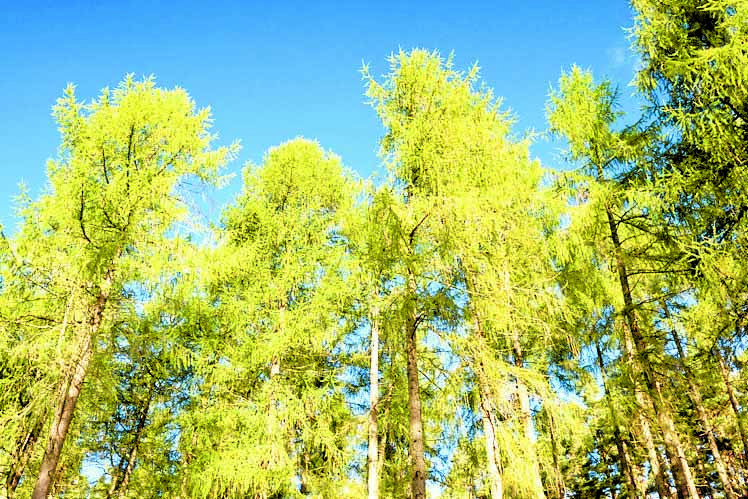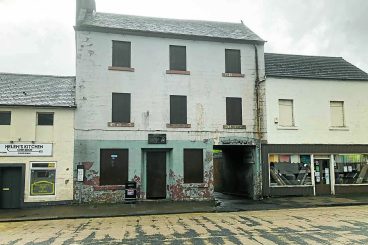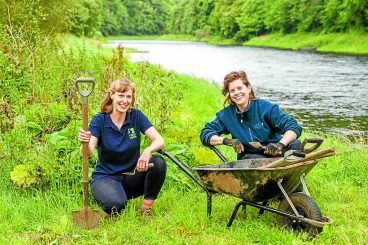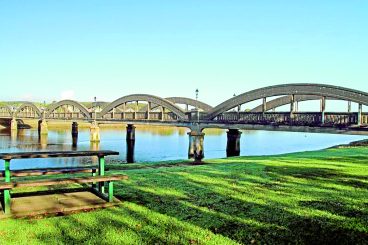The fungus-like pathogen first emerged in this region in 2019 and can affect Japanese, European and hybrid larch.
Over the past ten years, control measures have involved felling millions of trees across the country.
And FLS is now planning to remove all larch on the land it manages in South West Scotland by 2032.
They hope that will create breaks in the disease’s spread path.
Graeme Prest, director of land management and regions, said: “With no known cure and eradication of the disease considered to be unachievable, the only available counter measure is to slow the pathogen’s spread by felling.
“This new approach allows us to get more on the front foot and build disease management in to our annual felling programmes, making the effort to tackle the disease more cost efficient, manageable and sustainable.
He explained that from its locus in SW Scotland, the disease has spread aggressively up the west coast of the country.
The disease risk is greatest in west of Scotland, and although present elsewhere, the level of risk steadily diminishes towards the east of the country.
Graeme added: “We are adopting this new approach proportionately with those risk zones so that all of our teams can better manage their contribution to giving larch in Scotland more of a fighting chance of surviving.
“We will plant a variety of species to replace the larch that are felled to minimise as much as we can the impact of their loss in the landscape. It is all part of the process of adapting the forests to be more resilient for the increasing threats from pests and diseases and climate change.”






















